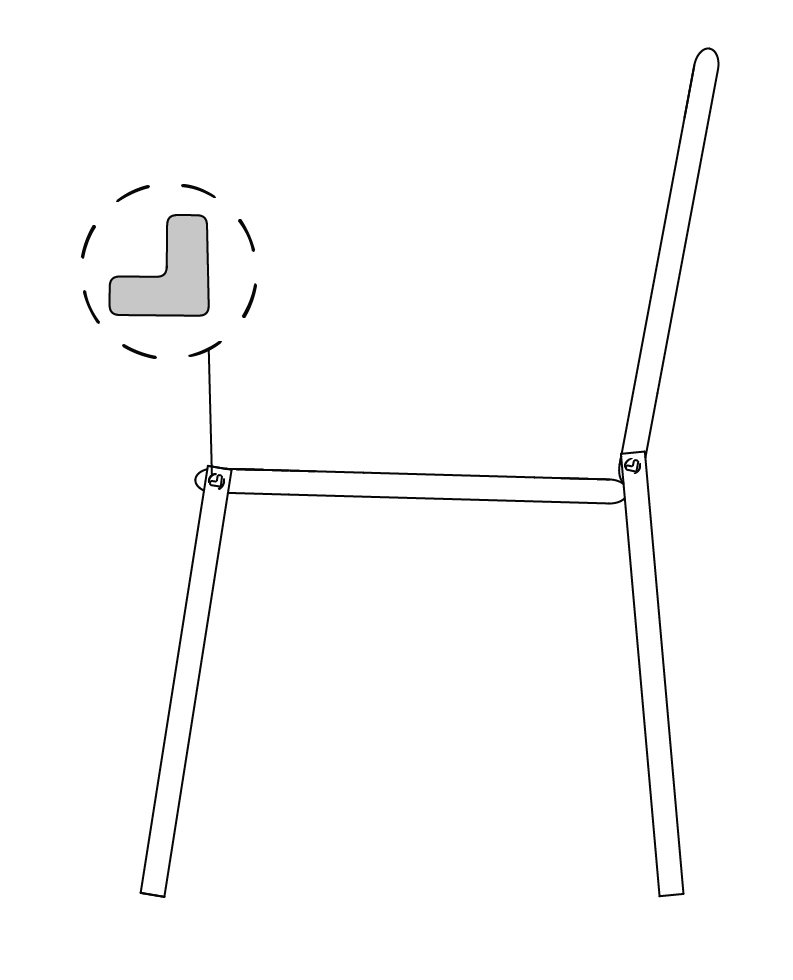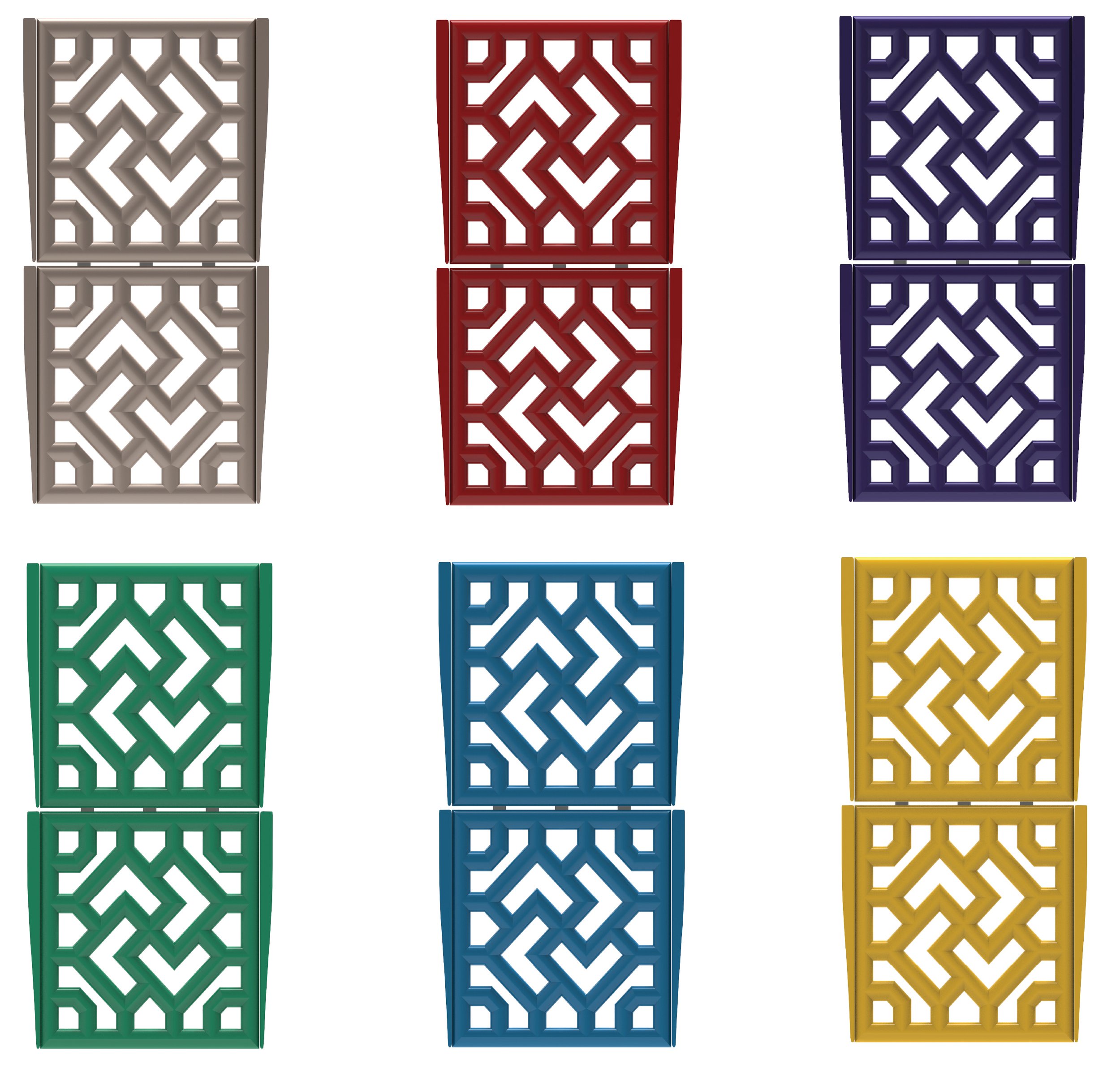Echoes of Pattern
A gallery where tradition drifts through space
The design revolves around the idea of "floating objects", where each artifact and furniture piece stands as an autonomous presence in space. Inspired by Chinese traditional patterns and spatial philosophies, the gallery becomes a meditative environment for reflection and movement. Echoing the approach to experiential and flexible spatial design, the space invites visitors to explore freely — navigating around each object rather than through fixed pathways.
The gallery space is conceived as a fluid, contemplative field where objects do not anchor the space but instead appear to hover within it — independent, carefully placed, and surrounded by void. This arrangement is inspired by the Chinese philosophical and spatial approach of emphasizing emptiness (虚, xū) as a generator of meaning and movement.
The gallery is not simply a place of display — it is a living environment for cultural engagement, dialogue, reflection, and community gathering. Each space is designed to support multiple functions, without disrupting the visual serenity and spatial clarity of the "floating" experience. Flexibility is embedded not through movable walls alone, but through a thoughtful choreography of scale, form, and circulation.
In this gallery, furniture is not an afterthought or simply functional — it is central to the spatial and conceptual identity of the space. Each piece is designed as a “floating object” in its own right, resonating with the artifacts it supports and the cultural lineage they represent.
Furniture acts as the physical and symbolic interface between visitor and object. It sets the tone of engagement — where to pause, how to look, how to move. It is sculptural, referential, and deeply tied to the gallery’s themes of tradition, pattern, and modularity.
Reception Desk — 云中之台 (Desk Among Clouds)
The reception desk serves as both functional anchor and conceptual introduction to the space.
Its form draws from the 祥云 (xiáng yún) — an auspicious Chinese cloud motif symbolizing luck, transcendence, and spiritual ascent.
Rather than simply replicating the motif, it has been abstracted into a fluid, interlocking pattern, carved or etched across the front face of the desk.
The body of the desk appears to hover slightly above the floor, with recessed lighting or minimal legs that elevate it visually — reinforcing the "floating object" concept from the moment of entry.
Materials reflect a quiet richness — matte-finished wood, stone, with inset light strips that reference traditional Chinese materials without imitation.
Suspended Screen System — “Windows in Motion”
The second major designed object is a modular screen system — a hybrid between furniture and architecture. This screen is not static. It floats from above, attached to a custom-designed coffered ceiling track, allowing for the entire spatial character of the gallery to shift — from open hall to intimate retreat — with elegance and ease.
Ceiling-mounted track follows a carefully designed path, echoing the logic of traditional Chinese timber construction (榫卯 joinery and coffered ceilings), but reinterpreted through clean geometry and contemporary detailing.
The screens can slide, pivot, or stack, depending on configuration — creating a fluid boundary system that divides or opens the main gallery.
The visual language of the screens is drawn from the 花窗 of classical Chinese gardens — ornamental stone or wood windows with intricate geometric patterns that frame views, filter light, and control perception.
Instead of replicating historical motifs, the screen panels employ a reinterpretation: a system of interlocking rectangles, abstracted from traditional forms, but reflecting the same logic of layered space and rhythm.
Coffered ceiling and track pattern
Folding Chair — Furniture as Responsive Ornament
The folding chair is the most mobile and tactile object in the gallery — designed not only for ease of use and storage, but to act as a playful yet refined punctuation in the otherwise quiet and contemplative environment.
The chair incorporates motifs derived from traditional Chinese window grilles, latticework, or textile patterns — abstracted into the frame or cut into the backrest.
Just as the Chinese folding screen (屏风) was both functional and artistic, this chair straddles the same boundary — it folds, but also tells a story.
The chair folds into a flat panel, approximately the thickness of a wooden plank, allowing for efficient stacking against walls or wall-mounted display.
















